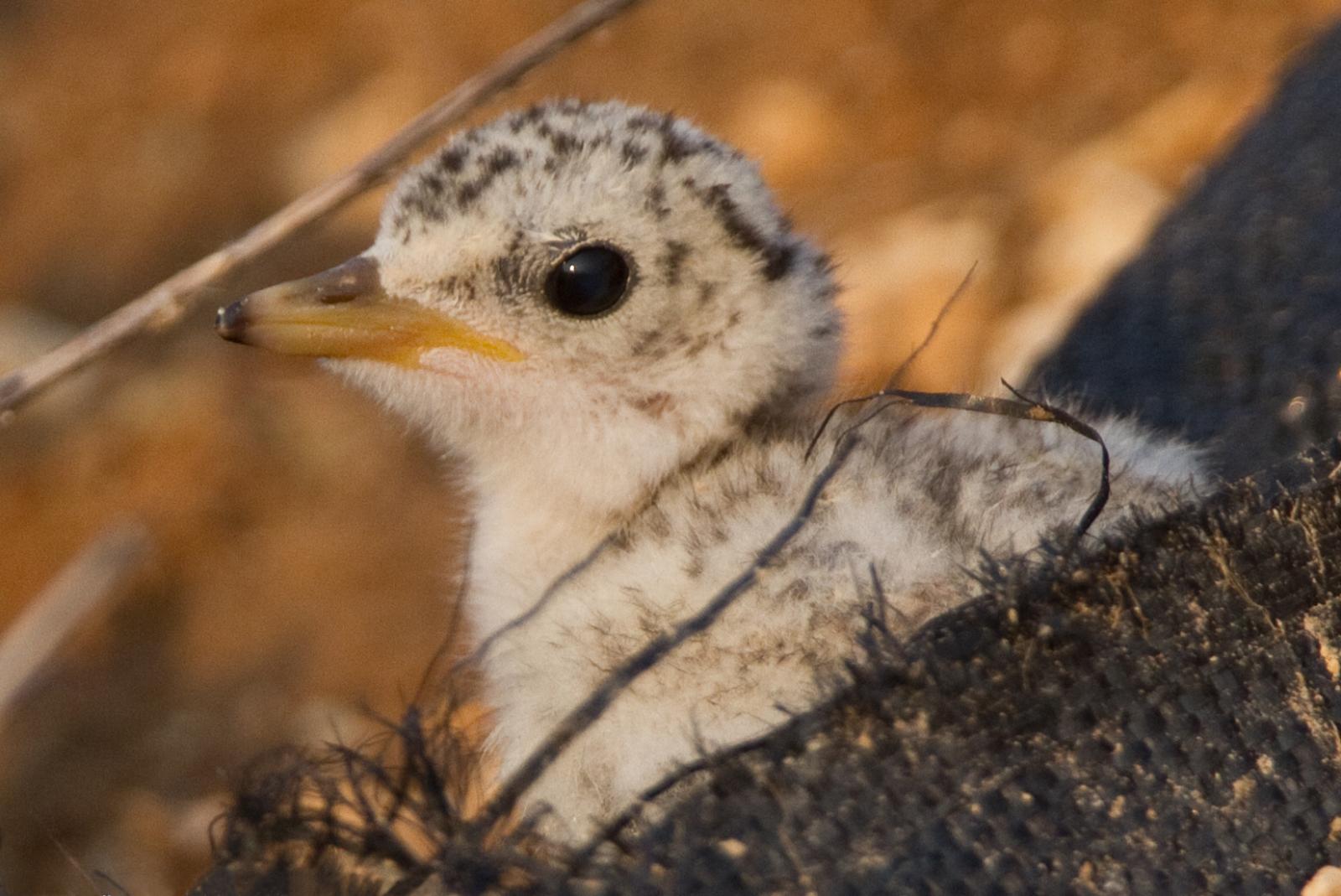The effectiveness of the pandemic H1N1 influenza vaccination program, introduced in Scotland in October 2009, has been assessed by a team of researchers from different Scottish and French institutions, coordinated by Dr. Colin Simpson, from the University of Edinburgh. The results of this assessment has been published in the June issue of Lancet.
The vaccination campaign consisted of two phases, the first being aimed at frontline health-care workers, pregnant women and people whose underlying health problems make them more sensitive to influenza-like illness; in the second phase, all children aged between 6 months and 5 years were targeted.
The researchers performed a retrospective study by linking primary care, hospital records and death certification datasets of 247178 persons, representing the 5% of Scottish population. Of them, 38296 (15.5%) were given the vaccination. In this nationally representative cohort there were fewer hospital admissions and deaths from influenza-like illness – influenza, pneumonia, chronic obstructive pulmonary disease and cardiac disorders – in patients who were vaccinated against H1N1 influenza A virus. A representative sub-group of patient was swabbed and tested with RT-PCR, revealing an estimated vaccine effectiveness of 77%. Such a result proved to be higher than recent estimates in case-control studies undertaken in the UK (72%) and Europe (71.9%) but lower than another one performed in Navarre, Spain (89%).
The study thus provided evidence that the Scottish H1N1 vaccination program have been effective, both in terms of protection against the virus and reduction of mortality from influenza-like illness, and is likely to have reduced the burden of pandemic influenza on health-care providers.
Effectiveness in Scotland
Primary tabs
prossimo articolo
Conservare la natura funziona!

Siamo ancora in tempo: possiamo salvare le specie a rischio di estinzione e ripristinare ecosistemi danneggiati, regalando loro una nuova vitalità, e molto è già stato fatto, grazie alle azioni di conservazione, come dimostra uno studio pubblicato su Science.
In copertina: pulcino di fraticello americano. Crediti immagine: Dan Pancamo/Wikimedia Commons. Licenza: CC BY-SA 2.0 DEED
Troppo spesso, di fronte ai crescenti tassi di scomparsa di specie (sono 44.000 quelle che rischiano di estinguersi secondo la IUCN, unione internazionale per la conservazione della natura) si rischia di vedere solo il bicchiere mezzo vuoto, e di giungere all’errata conclusione che sia inutile investire soldi e tempo per la conservazione. Niente di più sbagliato: lavorare per la biodiversità premia e fa ottenere risultati tangibili.
